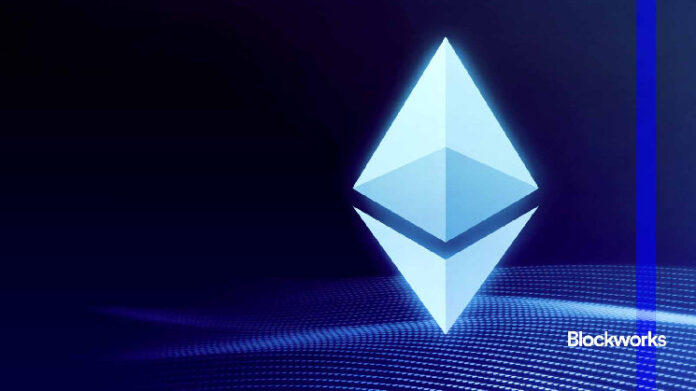This can be a section from the 0xResearch publication. To learn full editions, subscribe.
Ethereum All-Core Devs (ACD) held their last name of 2024 yesterday, which supplied key updates on plans to lift the gasoline restrict and progress towards the Pectra improve. Discussions revealed the group’s ongoing efforts to steadiness execution-layer adjustments, consensus-layer coordination and EIP implementation, reflecting Ethereum’s dedication to “build-in-public” iterative enchancment.
In a daring however measured transfer, Ethereum builders are making ready for a gasoline restrict enhance, mirroring a 20% rise seen over three years in the past. This time, the proposed enhance goals for 36 million gasoline, although important technical constraints mood enthusiasm for greater thresholds. The first limitation is the consensus layer’s “GOSSIP_MAX_SIZE,” which restricts validator block transmission to 10 MiB, equal to roughly 10.48 MB.
On the Mekong testnet — used for Pectra fork testing — the gasoline restrict has already elevated to 36 million, providing a steady testing floor for community efficiency beneath greater limits.
Whereas the Mekong testnet runs stably with these adjustments, builders cautioned in opposition to growing the mainnet gasoline restrict past 40 million with out addressing the gossip-layer constraints. Validator purchasers, corresponding to Prysm, face challenges in dynamically adjusting gasoline limits, which underlines the necessity for additional growth.
A rise to the gasoline restrict doesn’t want to attend for a tough fork however could be signaled by validators in help of such a change. Thus far, solely 16.8% have accomplished so, however the pattern is up. Campaigns like PumpTheGas.org goal to construct extra momentum.
The Pectra improve stays a centerpiece of Ethereum’s 2025 roadmap. It’s on observe for a Q1 launch, with builders concentrating on a Devnet-5 launch by year-end. Modifications mentioned on the decision embody changing EIP-7742 with EIP-7840 to supply extra flexibility in managing “blob counts” — a key ingredient for scaling Ethereum and supporting layer-2 rollups.
By permitting builders to set most and goal blob counts independently, the community can steadiness scalability (by permitting extra information blobs) with stability (by sustaining operational security limits). This separation makes it simpler to optimize block capability with out overloading the community.
Moreover, EIP-2537 focuses on gasoline repricing for BLS (Boneh-Lynn-Shacham) precompile operations, that are important for cryptographic computations in Ethereum. The proposal adjusts gasoline prices for particular mathematical operations, making certain that resource-intensive duties are priced pretty whereas eradicating inefficiencies like redundant operations. These updates improve community effectivity, optimize useful resource utilization and enhance value equity for builders.
An EVM useful resource pricing working group will launch in January. This group will work on harmonizing gasoline value calculations throughout numerous operations, aiming to enhance effectivity and equity in Ethereum’s payment construction.
EIP-4444, which schedules the rollout of pre-Merge historical past expiry for Could 1, 2025, requires extra testing to finalize.
The decision additionally underscored the necessity for clearer validator node necessities, with builders in search of group suggestions. An extra proposal to redefine “Meta” EIPs as solely process-related might simplify hardfork administration.
Ethereum’s deliberate and collaborative method to growth was evident all through the discussions. The Pectra improve and proposed gasoline restrict enhance replicate the community’s ambition to increase its technical capabilities whereas prioritizing stability.

